New research from Apple shows it is considering an Apple Pencil that does not require a touch-sensitive iPad screen, and instead can write or draw using any surface.
Apple applies for many hundreds of patents every year, but even when one is granted, it's no guarantee we'll ever see the technology used in a product. But it is often a sign that Apple is pursuing a particular idea, such as how it's previously investigated adding Apple Pencil support to the iPhone.
Now a called "Input device with optical sensors," proposes a system that would let a future Apple Pencil be used on — or above — any surface at all. It's about moving all of the sensors into the Apple Pencil, rather than relying on it interacting with ones in an iPad.
Apple's patent stresses that this isn't meant to replace touch-sensitive displays, but it frees the Apple Pencil from the limitation of that 11-inch or 13-inch iPad screen. It's chiefly because, in one version of the idea, the Apple Pencil could emit light from its tip and then sensors could detect "spatial-temporal image brightness variation in an imaging configuration with incoherent and/or ambient illumination."
So in theory you could sketch away at your desk, and along with its accelerometer and other sensors, the tip of the Apple Pencil would see the movement. It would see the distance to the desk, too, giving it the option of the same hover mode that was introduced with the Apple Pencil second generation and M2 iPad Pro, back in 2022.
Apple's patents refers more to different surfaces than it does desks or specific devices. But its illustrative examples range across the company's products, from iPad and MacBook Pro, to iPhone and Apple Watch.
You can't take it that any of these devices will definitely get Apple Pencil support, if they don't already, though. Because also among the illustrations is of an iPod. That's pod with an o, not pad with an a.
No antique iPod or desk is going to respond to Apple Pencil strokes, they are not going to be actually drawn on. The system still requires a display, it's just that this display doesn't have to be touch-sensitive — and the user doesn't have to draw on it.
Instead, the Apple Pencil's strokes can be transmitted to a display. A user could look at a screen while using the Apple Pencil as they might the stylus on a Wacom tablet.
Apple even lists 20 or more functions such an Apple Pencil could perform that have nothing to do with drawing. These actions, for instance could range from "moving an object such as a cursor... opening a file... changing the volume or audio settings, or placing phone calls."
Significantly, Apple proposes that such an Apple Pencil could be used to permit "authorized individuals access to restricted areas of the computer or computer network."
That doesn't mean, though, that the Apple Pencil could have biometric sensors in a kind of Scribble ID. It's more likely that a user is identified by other means, such as Face ID, and their using a connected Apple Pencil means that device can select menus or passwords.
For such a seemingly specific topic, the patent is surprisingly broad in its range of proposals. While the light emission and detection arguably represents the greater part of the patent, there are at least references to rolling around an Apple Pencil with a ball tip.
We may never see that in a shipping product, and we may never see the light-sensor version either. But with these and all of Apple's other research — such as color- and texture-detection — the Apple Pencil is definitely going to evolve.
This patent is credited to five inventors. They include William Whitney, whose work includes using self-mixing interferometry to measure speed using light.
 William Gallagher
William Gallagher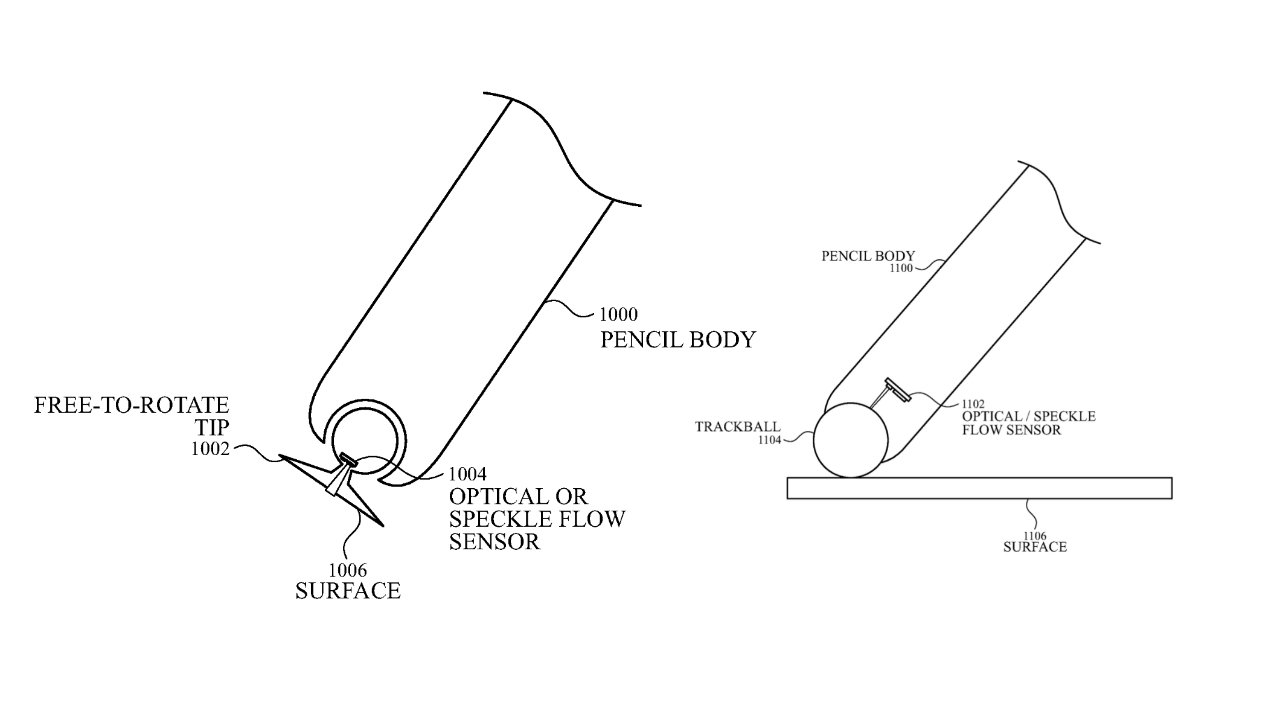
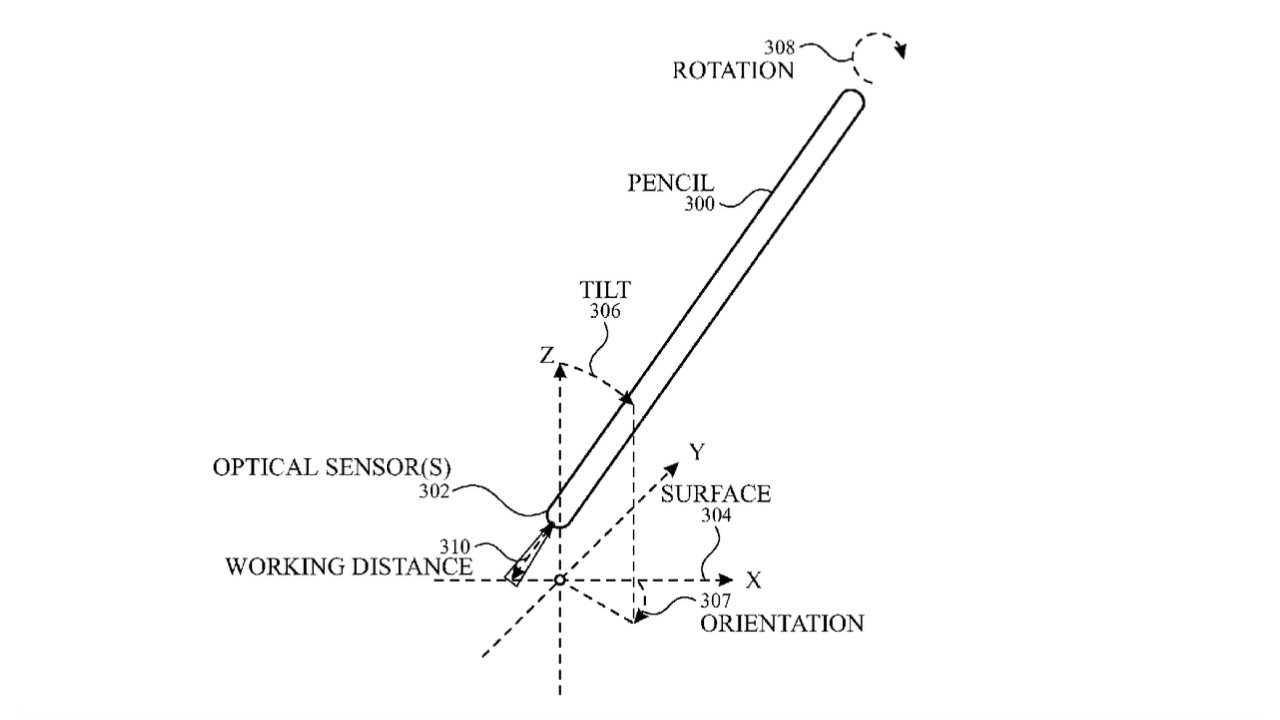


 Malcolm Owen
Malcolm Owen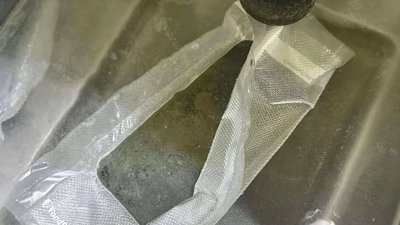
 Mike Wuerthele and Malcolm Owen
Mike Wuerthele and Malcolm Owen
 Sponsored Content
Sponsored Content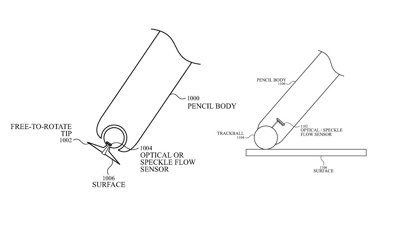
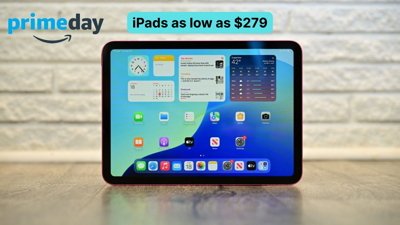
 Andrew Orr
Andrew Orr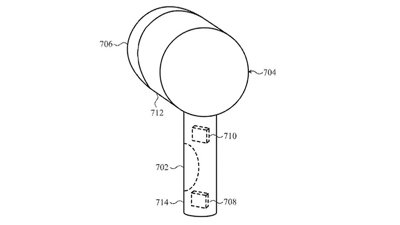

 Amber Neely
Amber Neely
 Andrew O'Hara
Andrew O'Hara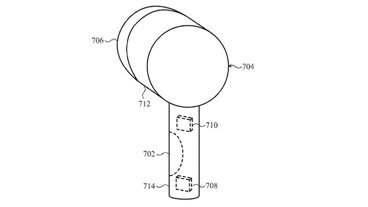
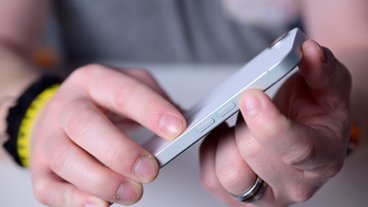
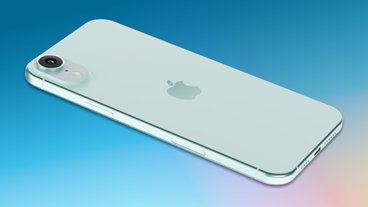
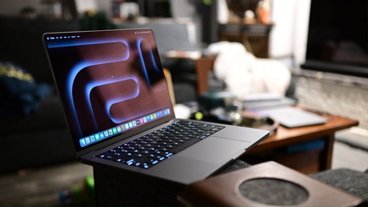
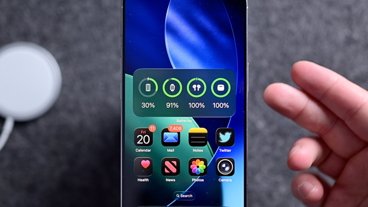
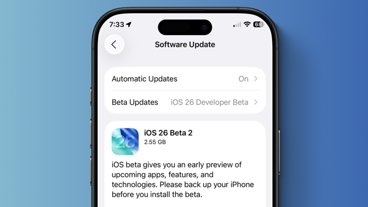
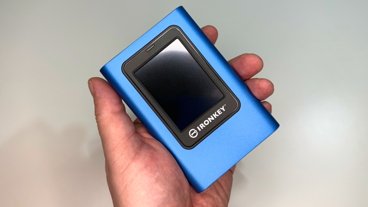
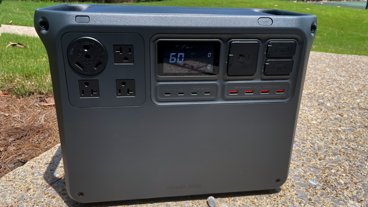
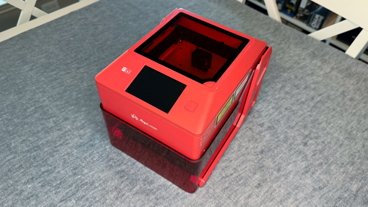

There are no Comments Here, Yet